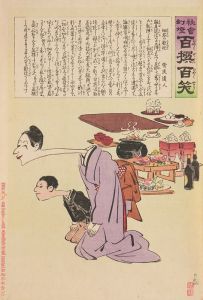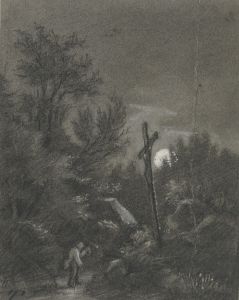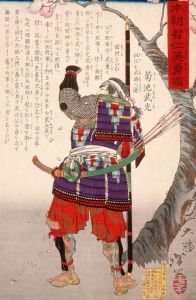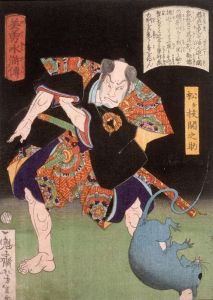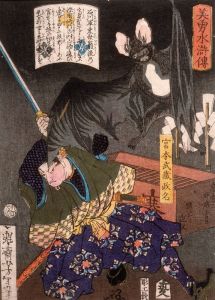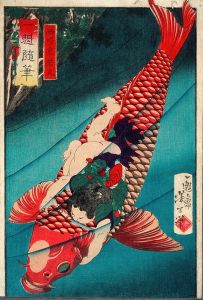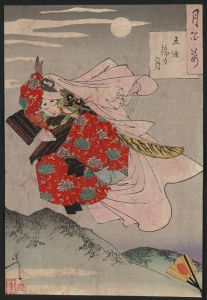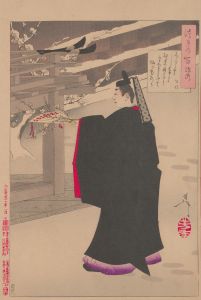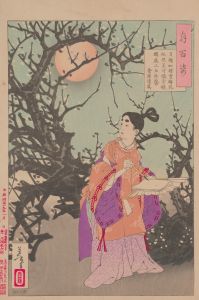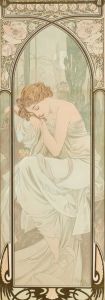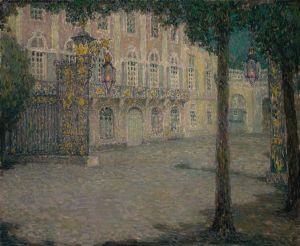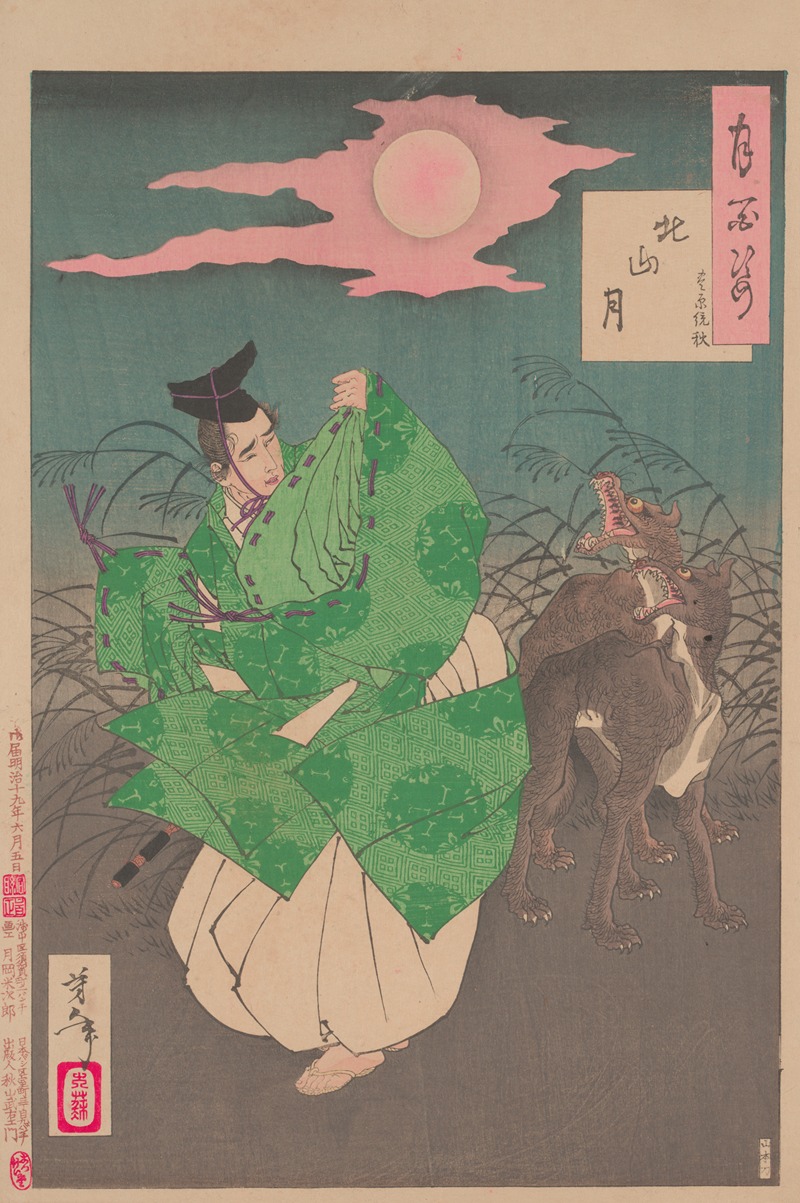
Kitayama moon
A hand-painted replica of Tsukioka Yoshitoshi’s masterpiece Kitayama moon, meticulously crafted by professional artists to capture the true essence of the original. Each piece is created with museum-quality canvas and rare mineral pigments, carefully painted by experienced artists with delicate brushstrokes and rich, layered colors to perfectly recreate the texture of the original artwork. Unlike machine-printed reproductions, this hand-painted version brings the painting to life, infused with the artist’s emotions and skill in every stroke. Whether for personal collection or home decoration, it instantly elevates the artistic atmosphere of any space.
Tsukioka Yoshitoshi was a prominent Japanese artist known for his work in ukiyo-e, a genre of woodblock prints and paintings that flourished in Japan from the 17th through 19th centuries. One of his notable works is "Kitayama Moon," which is part of his acclaimed series "One Hundred Aspects of the Moon" (Tsuki Hyakushi). This series, created between 1885 and 1892, is considered one of Yoshitoshi's masterpieces and showcases his exceptional skill in capturing the interplay of light and shadow, as well as his deep appreciation for Japanese history and folklore.
"Kitayama Moon" is a woodblock print that exemplifies Yoshitoshi's ability to blend traditional Japanese themes with innovative artistic techniques. The print depicts a serene and contemplative scene set in the Kitayama region, which is located in the northern part of Kyoto, Japan. This area is known for its natural beauty and historical significance, often associated with the cultural and artistic developments of the Muromachi period (1336-1573).
In "Kitayama Moon," Yoshitoshi captures the tranquil atmosphere of a moonlit night, a common motif in Japanese art that symbolizes beauty, mystery, and the passage of time. The composition typically features a solitary figure or a small group of people, often engaged in a quiet activity or deep in thought, set against a backdrop of lush landscapes or architectural elements. The moon, a central element in the series, serves as a unifying theme that connects the various prints and highlights Yoshitoshi's fascination with its symbolic and aesthetic qualities.
Yoshitoshi's "One Hundred Aspects of the Moon" series, including "Kitayama Moon," reflects his interest in Japanese literature, history, and mythology. Each print in the series is accompanied by a title and a brief description or poem, often referencing classical Japanese texts or historical events. This approach not only adds depth to the visual imagery but also invites viewers to engage with the cultural and literary context of the work.
The series was produced during a period of significant change in Japan, as the country was transitioning from the Edo period (1603-1868) to the Meiji era (1868-1912). This era was marked by rapid modernization and Western influence, which posed challenges to traditional Japanese art forms. Despite these changes, Yoshitoshi remained committed to the ukiyo-e tradition, and his work is celebrated for its ability to bridge the gap between the old and the new, preserving the essence of Japanese culture while embracing new artistic possibilities.
"Kitayama Moon" and the entire "One Hundred Aspects of the Moon" series are highly regarded for their technical excellence and emotional depth. Yoshitoshi's innovative use of color, line, and composition, combined with his profound understanding of Japanese cultural themes, has earned him a lasting legacy as one of the last great masters of ukiyo-e. His work continues to be studied and admired for its artistic and historical significance, offering a window into the rich tapestry of Japanese art and culture.





